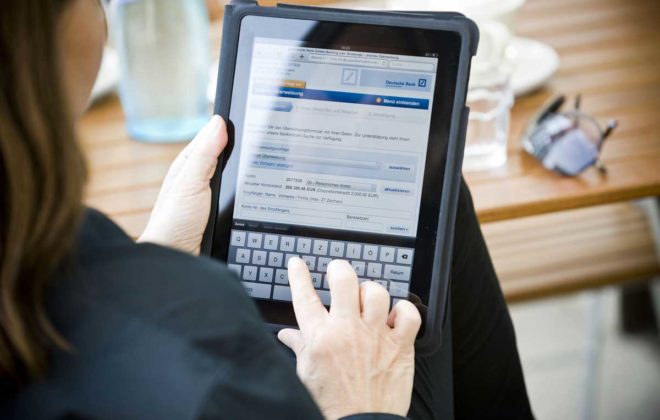Work 4.0
Work 4.0 is the new, fourth revolution which was triggered mainly by digitalization and which describes the corresponding change in the world of work. This new phase in the world of work is significantly influenced by opportunities and challenges which go hand in hand with digitalization in the business world. Nevertheless, other societal trends, such as globalization, demographic changes and existing standards in education, which effect changes to daily work routines, are not to be discounted. The change refers primarily to ways of working and work (time) models, which have been adopted by the company. But changes in the work environment and culture in the workplace are also visible. Looking at work processes, the effects of digitalization can be seen, above all, in the fact that people can work from anywhere, and they are not required necessarily to work at the company’s offices. This is made possible mainly through video conferencing, and the fact that someone can participate in a meeting, even without being there physically. In this way, for example, business travel time can be used much more effectively. Other working models come about as a result, such as the home office. This means that the employee can set up a work station at home and easily work from there. The working environment is also becoming more technical and is shaping up to be significantly more innovative with respect to, for example, available devices and their features. As the corporate culture changes, company structures also begin to loosen, which can help reduce the company bureaucracy and flatten out its hierarchical structures. The work atmosphere also begins to become more relaxed, which is also rooted in the ever-increasing idea that work time is living time, and it should also be adjusted accordingly to meet the wishes and needs of the employee. This can lead, for example, to creative seating options, where employees can switch places and tasks with each other, but in an informal way. In order to facilitate the integration of the daily work routine into “real life” and discourage the rigid separation of work and private life, employers are striving to offer more leisure activities, such as fitness centers at the office. Plus new working time models (e.g. flex schedules, half-day holidays, etc.) are increasing employee flexibility and giving them more freedom to satisfy personal preferences, which generally leads to higher employee satisfaction.
External links:
See also:
- Industry 4.0 /Smart Factory
- Smart Clothes /Textiles 4.0
- Smart Farming /Agriculture 4.0
- Maintenance 4.0 /Smart Maintenance
- Gardening 4.0 /Smart Garden
- Logistics 4.0
- Medicine 4.0
- Smart Grid
Jan
Latest posts by Jan (see all)
- CDO job titles - April 27, 2020
- How Deutsche Bank CDO deals with digitalization - April 25, 2020
- All about Facebooks Libra Coin - April 21, 2020
Related Posts
Leave a Reply Cancel reply
Search
Categories
- Admin (1)
- Artificial Intelligence (1)
- Automotive (4)
- Basics (1)
- Blockchain (1)
- ChemTech (5)
- Cryptocurrencies (1)
- Digital Transformation (1)
- FashionTech (1)
- FashionTech (1)
- FinTech (2)
- HighTech (6)
- InsurTech (2)
- Internal Digitalization (2)
- Logistics 4.0 (2)
- PropTech (1)
- RetailTech (1)
- TelcoTech (1)
- Uncategorized (1)



